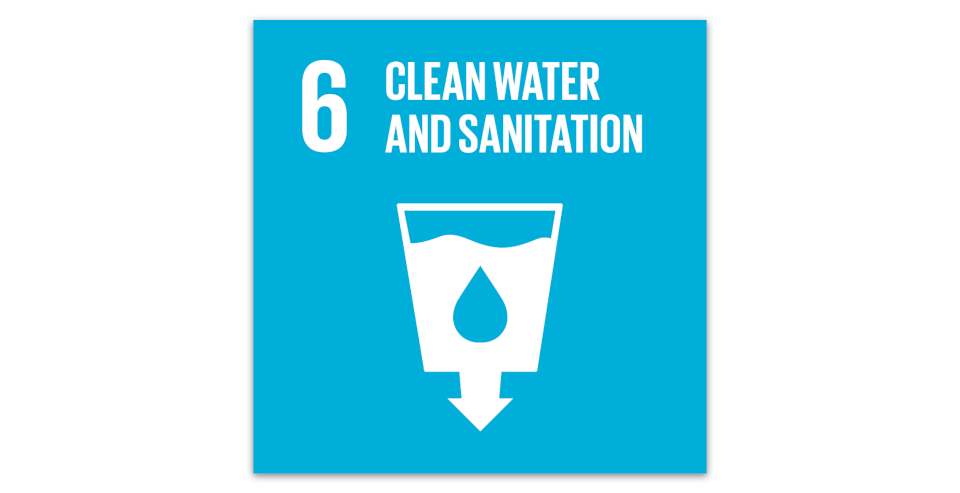Should we continue to accept Italy’s dramatic waste of water – year after year?
Personally I don’t think so:
- We have the awareness created by DATA
- We have the urgency created by CLIMATE CHANGE
- We have plenty of technology to SOLVE the problem!
Italy is the EU country with the highest withdrawal of drinking water: 9,2 B cubic meters per year (84% from underground sources):
Per Italian citizen this translates to 153 cubic meters, only matched by Greece (159 cubic meters per citizen) while most EU member states (20 of 27) withdraw only 45-90 cubic meters per citizen.
42%of the water withdrawn in Italy is wasted immediately, in the water distribution network. This outrageous percentage is increasing year after year as 60% of the water distribution network (425.000 km) is more than 30 years old.
The actual quality of water varies, but behavior is driven by perception: 28% of Italians don’t trust/drink tap water.
Pressure on water resources has already led to rationing in some parts of the country in some periods of the year. Climate change will undoubtedly continue to challenge the system.
There is also ample room for improvement regarding use of the water that actually reaches its destination:
- 51% is being used for simple irrigation
- 21% for industrial uses
- 5% for energy production
- 3% for farm animals
- 20% only is for civil uses
These percentages points to another issue:
lack of waste water treatment practices.
Correctly recycled waste water would be more than sufficient in many of these cases. But collection and treatment of waste water is another critical issue.
Today, waste water is collected from 88% of the Italian population, leaving 12% (7 M people) without connection to a public sewer system and only 70% is connected to a public waste water treatment service with 30% (18 M people) living in municipalities with no or only partial purification service.
This lack of waste water infrastructure is a clear infringement of both national and EU legislation – a real environmental emergency.
Also, the quality of the existing waste water treatment infrastructure leaves much to be desired:
- 30% of the population is served by operators that exceed value limits in more than 10% of the controls of the purified water being reintroduced into the environment after purification.
- less than 40% of the sludge generated in the purification process is processed for recovery of materials and/or energy.
In 2022 this is clearly unacceptable and irresponsible with all the solutions and technologies out there to support a sustainable management of the water cycle.

